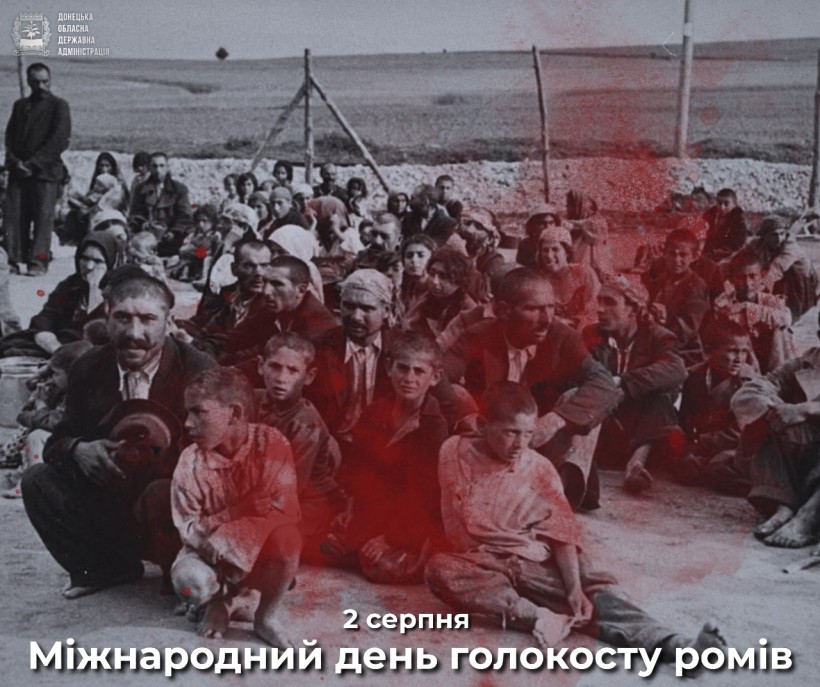
Every year on August 2, the International Roma Holocaust Day is marked. The date was not chosen by chance: it was on the night of August 2 to 3, 1944, that the so-called "Gypsy Camp" was completely destroyed in the Nazi death camp of Auschwitz-Birkenau (Auschwitz). About 4300 Roma children, women and men were killed in the gas chambers overnight. According to various estimates, approximately 200 thousand representatives of this nationality were killed worldwide during the war.
The genocide of the Roma population today remains one of the least studied pages of World War II.
The genocide of the Roma in Germany was discussed only in the early 80s of the last century. In 1996, the leaders of Roma organizations from 10 European countries and the United States at the Genocide - Memory - Hope conference established August 2 as the International Day of Remembrance of the Victims of the Nazi Genocide of the Roma.
During the Second World War, the Nazis, pursuing a racist policy of genocide, deported from the occupied countries and burned in concentration camps about 500 thousand Roma. A large number of them were killed in forced labor camps, places of nomadism, and during punitive operations.
According to contemporary historians, the total number of victims of the Roma genocide ranges from 600,000 to 1.5 million people, 20,000 of whom died in Ukraine. The most numerous losses were suffered by Roma living in Kyiv, in the Autonomous Republic of Crimea and Zakarpattia region. This genocide left a deep scar in the souls of hundreds of thousands of people, and its traces are still felt today.
The catastrophe of the Holocaust did not spared the Donetsk region. The places of the most massive extermination of Roma in the region are Bakhmut (in March-April 1942, Sonderkommando 4b killed 200 Roma families - about 900 people - in a former gypsum mine) and Mariupol (in 1942, at least 40 people were killed here).
Local residents, just like Jews, saved Roma from execution. But their rescue had its own peculiarity. First of all, the locals warned the Roma about the approaching raids. Often, representatives of the local administration issued fictitious certificates of ethnic origin to Roma.
Since independence, Ukraine has implemented policies aimed at the ethnic revival of the Roma, their self-identification and self-affirmation. The Roma ethno-national community is an integral part of the Ukrainian people, and its history is part of our common national memory.
Memory is a defense. Recognizing the tragedy is the first step towards overcoming discrimination and racism. After all, today, as then, Roma often become targets of prejudice, stigmatization, and cultural isolation.
Let August 2 be not just a date on the calendar, but a day when we bow our heads to those who had no voice but deserve to be remembered. Memory is a bridge between pain and dignity. And this bridge is our shared responsibility.